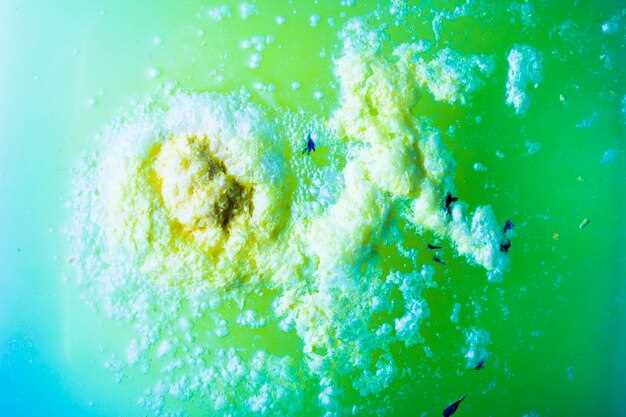
Unlock the potential of advanced chemical compositions tailored to boost your well-being. Dive into the realm of cutting-edge solutions designed to enhance your health experience.
About Dissolution Properties of Clopidogrel Metabolite

Exploring the characteristics of the residual product derived from the metabolism of a widely recognized medication opens a gateway to understanding its behavior in biological systems. This section delves into the intricate dynamics of how this metabolite interacts within physiological environments, shedding light on its dissolution properties and consequential implications.
Understanding the dissolution behavior of this compound is pivotal in comprehending its bioavailability and therapeutic efficacy. Through an in-depth analysis of its dissolving tendencies, we unravel essential insights into its pharmacokinetic profile and potential clinical outcomes.
By deciphering the dissolution kinetics of this metabolite, we pave the way for elucidating its journey through the intricate pathways of the human body. This exploration not only enriches our understanding of its pharmaceutical attributes but also unveils crucial facets of its therapeutic relevance.
Understanding Dissolvability
In this section, we delve into the intricate workings of how substances interact with solvents, exploring the phenomenon of dissolution beyond mere surface understanding. Through a nuanced lens, we unravel the intricacies of how compounds seamlessly integrate into solutions, fostering a deeper comprehension of their behavior.
The Dynamics of Solution Formation
When a substance encounters a solvent, a symphony of molecular interactions ensues, orchestrating the dissolution process. At the molecular level, forces of attraction and repulsion dictate the fate of solute particles as they navigate the solvent’s terrain. This interplay, governed by principles of polarity and intermolecular forces, culminates in the formation of a homogeneous solution, where solute particles disperse evenly throughout the solvent.
Factors Influencing Dissolution

Various factors sway the equilibrium between solute and solvent, modulating the rate and extent of dissolution. Temperature, for instance, serves as a catalyst, intensifying molecular motion and expediting solute-solvent interactions. Meanwhile, the physical state of the solute, be it crystalline or amorphous, imparts distinct solubility characteristics, influencing dissolution kinetics. Additionally, the chemical nature of both solute and solvent dictates their compatibility, shaping the propensity for dissolution.

